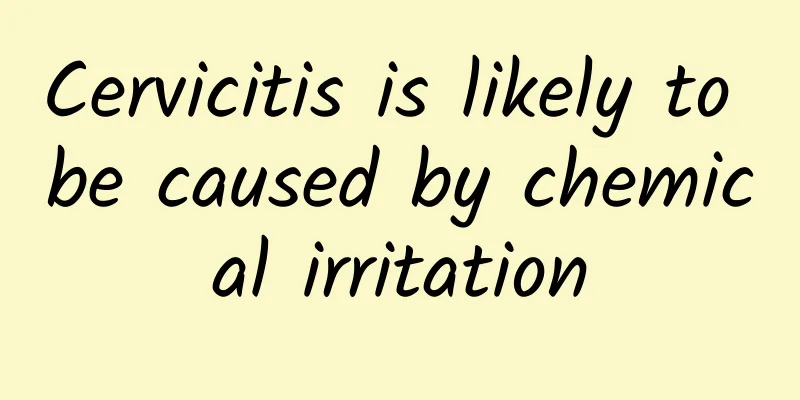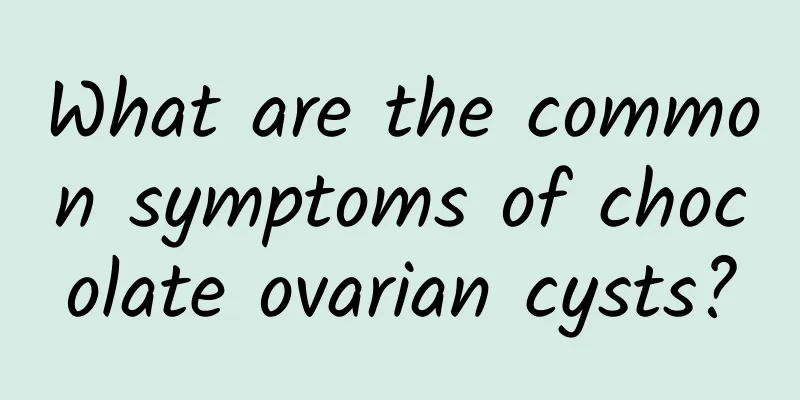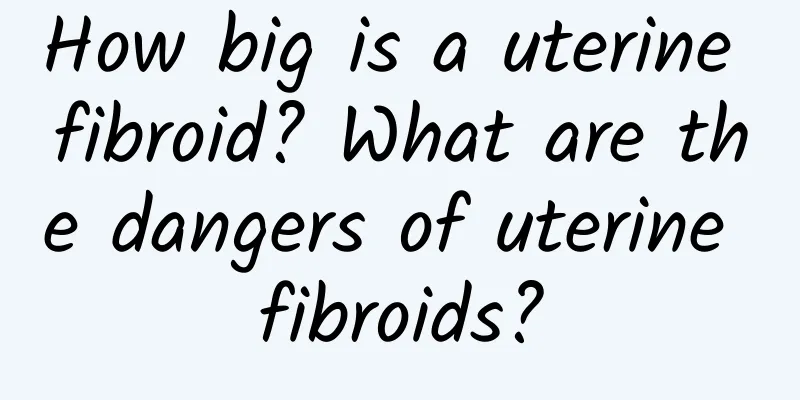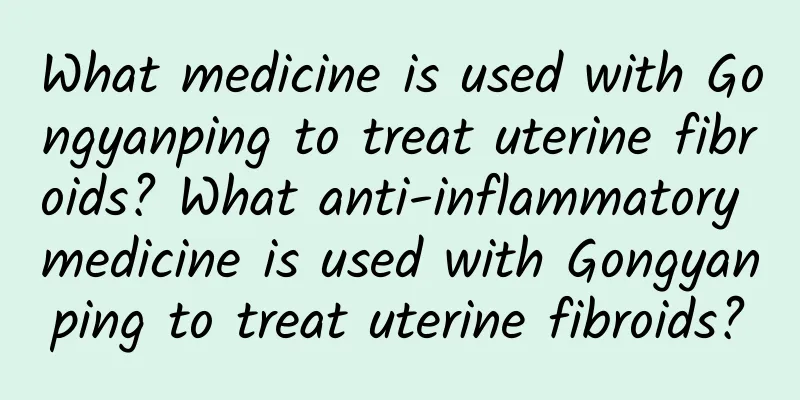What is artificial abortion syndrome
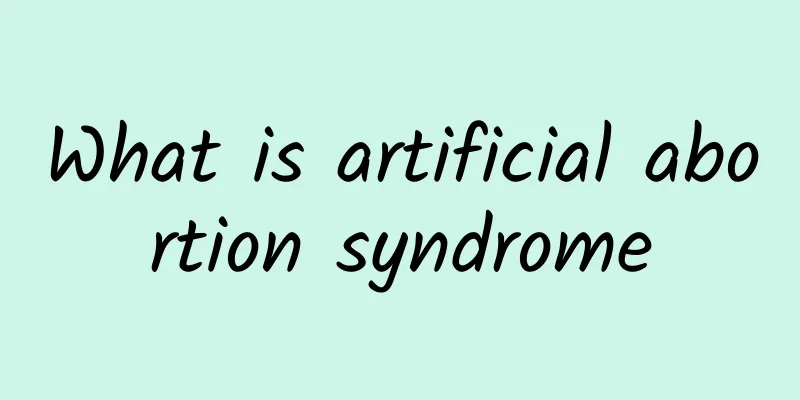
|
Induced abortion syndrome is caused by strong mechanical stimulation of the cervix or uterus during the operation, which causes excitement of the vagus nerve and releases a large amount of acetylcholine, causing vasoconstriction, bradycardia, drop in blood pressure, pale complexion, sweating, dizziness, chest tightness, and even syncope and convulsions, leading to insufficient blood supply to organs such as the heart and brain. It is also called cardio-cerebrovascular syndrome. The disease has an acute onset and there have been reports of cardiac arrest if not treated in time. Causes 1. Local stimulation of the uterus or cervix. The local stimulation of the uterus or cervix caused by artificial abortion surgery causes the vagus nerve to react on its own, resulting in symptoms of vagus nerve excitement, releasing a large amount of acetylcholine, causing insufficient blood supply to the brain and a series of effects on the cardiovascular system. 2. Emotional tension in pregnant women is often related to emotional tension in pregnant women. The occurrence of artificial abortion syndrome is closely related to psychological factors. According to clinical observation, this syndrome is more likely to occur in pregnant women who are mentally tense and full of doubts about artificial abortion surgery. 3. It is related to factors such as difficulty in cervical dilation, excessive negative pressure or strong uterine contractions. deal with The surgical operation should be stopped immediately, and the patient should be given oxygen and intravenous or intramuscular injection of cholinergic inhibitors. 1. Lie down immediately, measure pulse and blood pressure, and give oxygen. 2. Mainly use atropine 0.5-1.0 mg or scopolamine 20 mg intravenous injection. 3. If necessary, give 60-100 ml of 50% glucose by intravenous injection, or open the vein to give fluid replacement. 4. If ineffective, dissolve 1 mg of isoproterenol in 5% glucose solution and drip intravenously. Adjust the number of drops according to the recovery of heart rate. 5. You can also use 30 mg of ephedrine for intramuscular injection, and if necessary, intravenous injection of dopamine, alamin, etc. 6. Patients whose condition is serious or does not improve after the above treatment should receive emergency treatment under electrocardiogram monitoring. |
<<: How to prevent bleeding after abortion
>>: It is best to have an artificial abortion within 10 weeks
Recommend
7 small methods to comprehensively upgrade your metabolism!
As we age, our metabolism is like a deflated tire...
The most typical symptoms of dysmenorrhea
During the menstrual cycle, dysmenorrhea is a ver...
Natural drainage! Five plants to relieve edema
Office workers who sit in front of computers for ...
Diagnosis of hyperprolactinemia
Hyperprolactinemia is the most common disease in ...
What are the most common causes of vulvar leukoplakia?
The appearance of vulvar leukoplakia has a great ...
What to do if you have chest pain after miscarriage
What to do if you have chest pain after miscarria...
What are the symptoms of postpartum adnexitis
Symptoms of postpartum adnexitis include lower ab...
Eat "Green Ginseng" okra to lose weight, control blood sugar, and supplement calcium
Okra is a vegetable with high nutritional value a...
What are the symptoms of pelvic effusion?
Pelvic effusion is the presence of inflammatory e...
What are the treatments for vaginitis?
What are the treatments for vaginitis? The treatm...
How to treat uterine fibroids? Conditioning methods for uterine fibroids
Gynecologists say that the occurrence of uterine ...
What are the treatments for pelvic effusion?
Treatment of pelvic effusion with folk remedies W...
Is it easy to get pregnant with adenomyosis?
Is it easy to get pregnant with adenomyosis? It i...
What kind of water to drink to treat uterine fibroids? What kind of water to drink to treat uterine fibroids?
What kind of water is good for uterine fibroids? ...
What are the early symptoms of ectopic pregnancy?
The continuous occurrence of ectopic pregnancy is...
